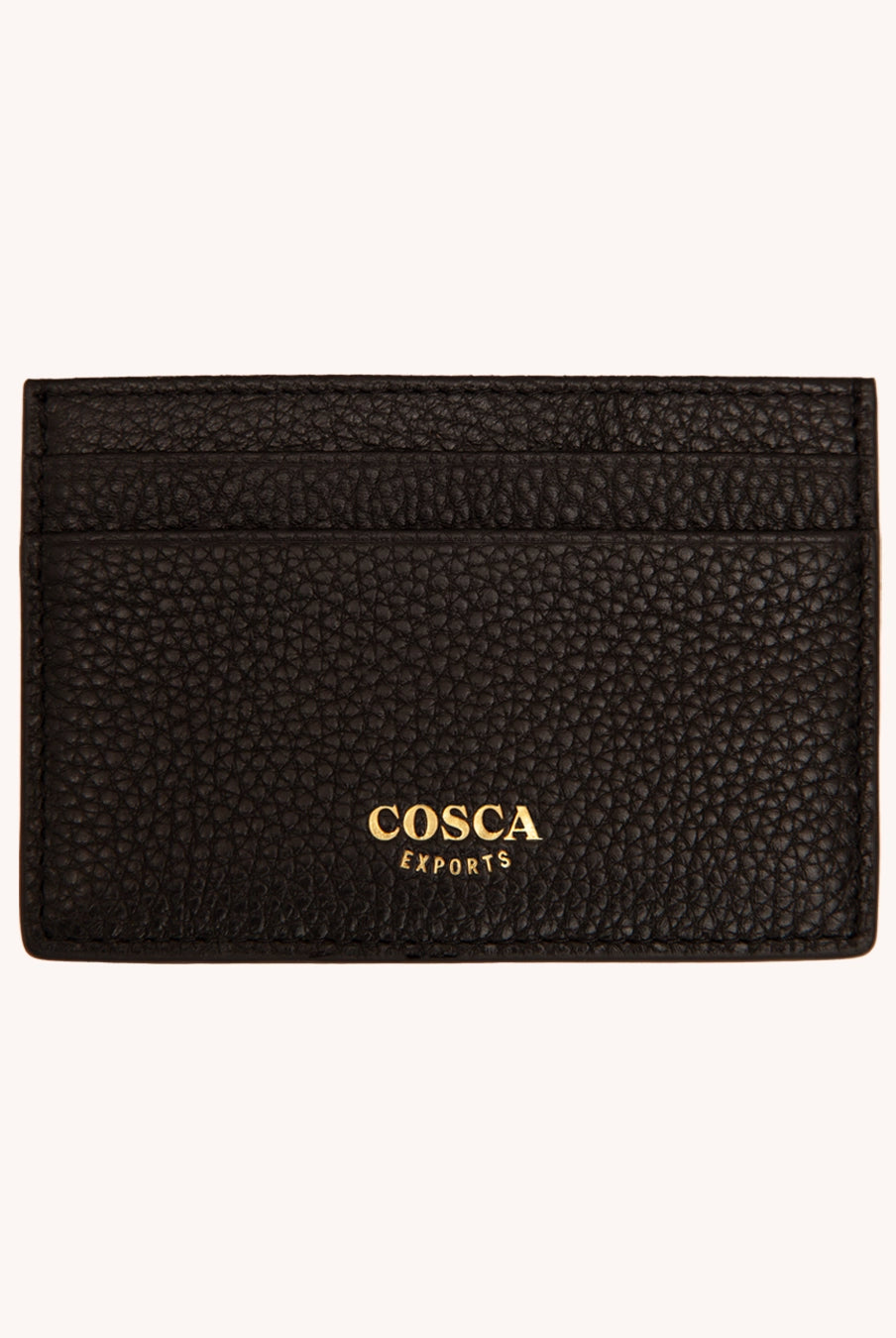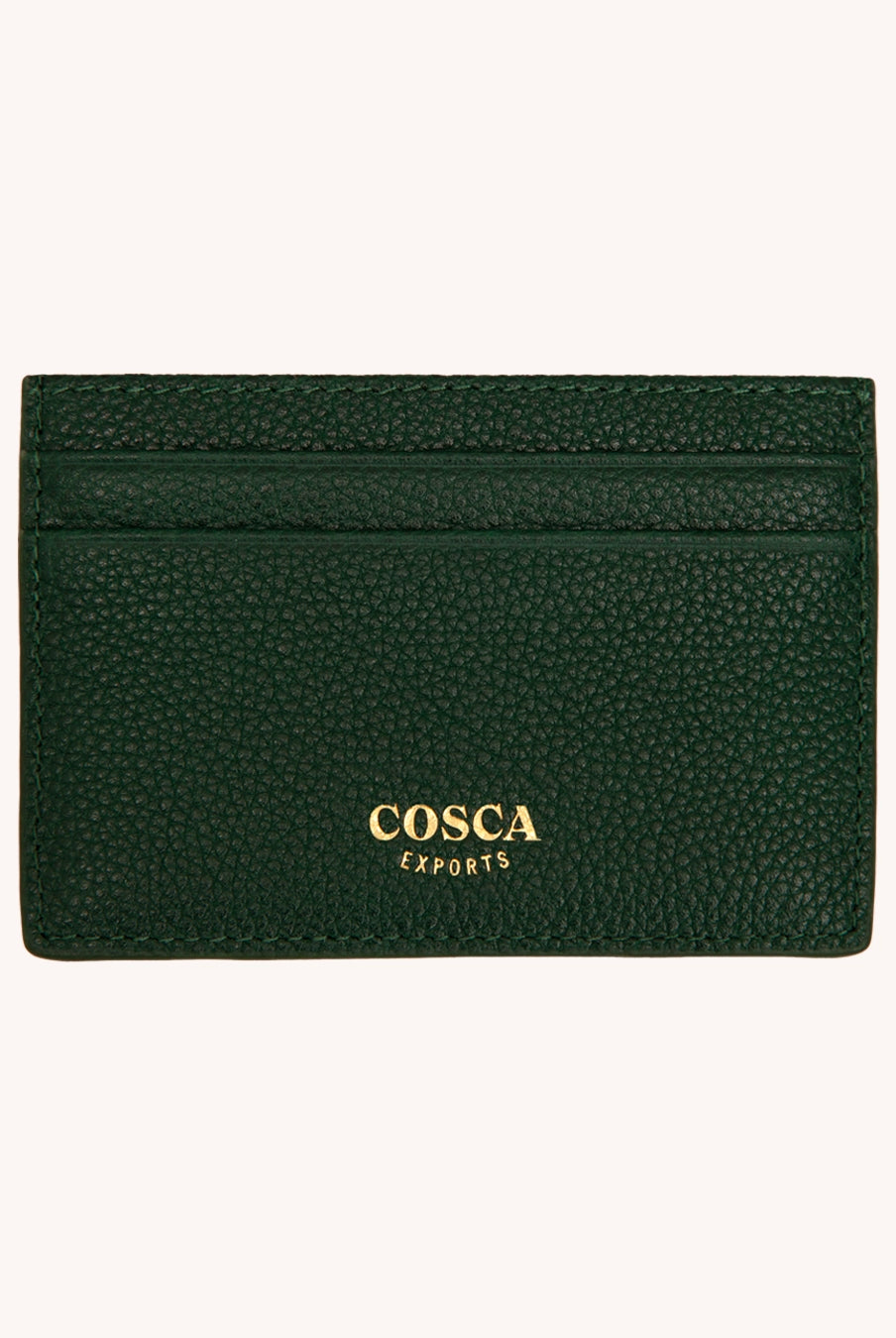
Many of you have heard of certain establishments in New York City’s history that stand out as both cultural havens and hidden meeting spots. These are the old-world social clubs that once dotted the city’s Italian-American neighborhoods, offering refuge, community and occasionally a window into the first steps of organized crime. To understand what these clubs truly were, we want to trace their origins, appreciate their significance and delve into the more shadowy associations they’ve gained over time.
The Origins: A Home Away from Home
The concept of social clubs in New York arose alongside waves of European immigration, especially from Italy, during the late 19th and early 20th centuries. Right in the heart of the hustle of America’s emerging metropolis, working-class immigrants where desperately looking for a familiar setting where they could speak their native dialects, enjoy home-style meals and maintain cultural traditions. These clubs acted as community anchors—places where men (they were mostly male-dominated during that times) could relax, play cards, discuss local neighborhood issues and build lifelong friendships in an otherwise unfamiliar and fast-paced city.
At their core, these were not initially centers of criminal activity but rather safe havens of old-country warmth right there in New York’s rough streets. They offered a support system, a means of mutual aid in navigating the complexities of a new life. Some became gentle societies, raising funds for funerals, wedding dowries, or sick social club members. Others hosted celebrations for religious feasts or national holidays. In these early decades, a social club was often more like a living room for the neighborhood than anything more.
The Cosa Nostra Connection
Yet, over time, certain social clubs became known for something else: their connection to the Cosa Nostra (The Sicilian mafia) and other mafia organizations. Why did these places, originally hubs of cultural identity, became inseparable in the public mind from the Mafia crime organizations?
The answer partly lies in convenience and tradition. For members of the Italian-American underworld—facing constant suspicion, the eyes of the police and crime wars—social clubs provided a low-profile environment to conduct “business.” Right there in the middle of regular patrons and neighborhood regulars, men of influence could meet discreetly. They would discuss territory, settle disputes, or plan their next moves. Unlike a bar, these clubs usually had controlled memberships and often no liquor license, reducing the presence of random outsiders who might listen in. The closed-door ambiance cultivated trust and reinforced the notion of the club as a fortress of loyalty and secrecy.
For outsiders, this exclusivity and the familiar faces of known Mafia associates entering and leaving these establishments cemented the reputation that “if you knew where the local social club was, you knew where the mob was.” Over time, when the FBI and local law enforcement cracked down on organized crime, the images of wiretapped conversations and quiet back-room deals put the social club directly into the cultural view as a Mafia stronghold. If you are interested in the mafia and their origins and criminal life, we highly recommend John Dickie's work!
Cultural Portrayals and Examples
Hollywood and literature have long been fascinated by the quiet, wood-paneled rooms of New York’s social clubs. Mario Puzo’s “The Godfather” hinted at how these communal spaces facilitated close-knit, secretive dealings, while Martin Scorsese’s films took this imagery a step further. In “The Irishman”, Scorsese recreated the Palma Boys Social Club, the infamous club associated with powerful Mafia figures like Carmine “The Snake” Persico and later John Gotti.
These portrayals on screen gave viewers an insider’s peek at an often secret world. Scorsese’s love for details and set dressing and historical accuracy remind us that these places were not figments of imagination. They existed and sometimes thrived, just a short walk from the loud New York City streets. By referencing real clubs, films underline how deeply these establishments were woven into the daily life of certain New York neighborhoods.
Why the Mafia Link Endures
Long after law enforcement cracked down on Cosa Nostra operations, the legend of the social club persists. Visitors to Little Italy or East Harlem might still find old men playing cards in small storefronts, their presence symbolizing a past era. While many of today’s surviving clubs are innocuous, the decades of association with organized crime have cast a lasting shadow. The cultural fascination endures because the social club, in all its forms, evokes something timeless: loyalty, secrecy, tradition and power, all concentrated within a single, modest room.
For us as COSCA Exports, we draw inspiration from European heritage, iconic films, and historical narratives and these social clubs represent more than just a setting. Our very first release of t-shirts for our brand, the "Carciofo Social Club" was our hommage to the old social clubs. For us these clubs were places where family members met, drank coffee and started their day and business together and we wanted to have our own little club for the COSCA family. These clubs symbolize the intersection of community and exclusivity, tradition and secrecy, family and business. By understanding their roots and the stories that shaped their reputation, we can better appreciate how these small enclaves influenced the larger narrative of New York City and the American view on it.
Disclaimer: This article is created for informational and entertainment purposes only. All references to historical or cinematic depictions of social clubs and organized crime are made under fair use for commentary and illustrative purposes. COSCA Exports does not endorse or glorify criminal behavior. It aims to provide cultural insight, encouraging a thoughtful understanding of the past.








